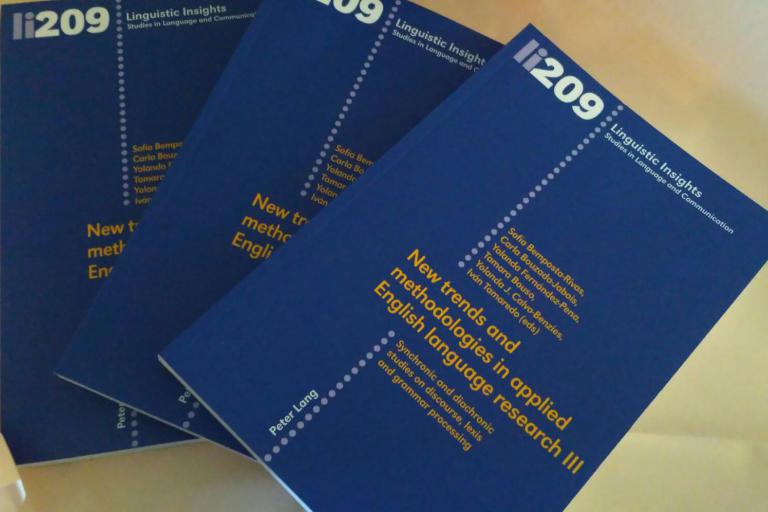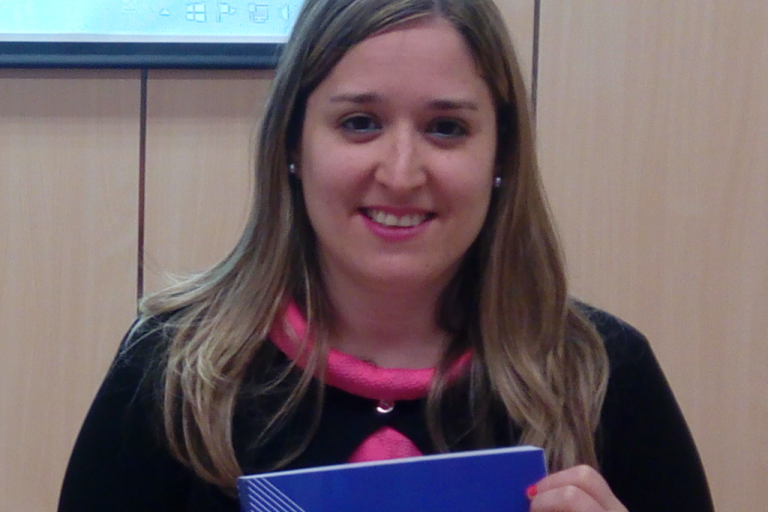On 1 June 2010, Enric Vallduví (Universitat Pompeu Fabra in Barcelona) conducted a seminar on information structure, invited by the LVTC research group and the MA degree in Advanced English Studies.
Enric Vallduvi is associate professor in the Department of Translation and Language Science at the Universitat Pompeu Fabra. He completed a PhD at the University of Pennsylvania and taught at UCLA (University of California) and the University of Edinburgh. He currently teaches in the degree of Translation and Interpreting at Pompeu Fabra University. He published extensively on the interface syntax-semantics-pragmatics and information theory in general.
Abstract
Information packaging has to do with the dynamics of linguistic communicative interaction. Although present in all linguistic communication, information packaging is manifested mostly in dialog, where there is exchange of information and the information states of communicative agents change constantly. Thus, the dynamics of dialog are essential for an adequate description of information packaging in natural language. The talks will focus on several issues having to do with the realization of information packaging in the light of information-state approaches to dialogue (e.g. GoDIS) and the notion of QUD (question under discussion). The first issue has to do with fragments (short answers), which express rhemes. It has been explicitly proposed that an answer a to a question q may be encoded as a short answer precisely when q is a maximal question under discussion in the active information state: a short answer spells out only the rheme because what it relates to in the context is maximally accessible. But does this mean that, in full-fledged sentences with explicit grounds (rheme-ground partitions), the ground comes as a freebie? Is this how 'may be encoded as a short answer' should be interpreted, i.e., a short answer is just a thrifty but equivalent version of its full-fledged analogue? The answer is no; at least, it is no in many instances of rheme-ground utterances where the presence of an overt ground is obligatory or much preferred. Among these cases, we should include classic cases of focus-fronting (Now they are coming out with a hydraulic crane. CHERRY PICKERS they are called, they are so very easy to upset... vs. #"CHERRY PICKERS, they are so very easy to upset...), but also statements like a deceptively out-of-the-blue Men ARE different on a cover of The New York Times Magazine, the short version of which is a prosaic YES. A second issue has to do with the informational meaning of topics, themes or links as distinguished elements within the ground. It is clear that links have been observed to have specific semantic import (contrast, nonstandard anaphora, etc). What has so far remained as an open issue is what this specific semantic import. Different analyses will be reviewed and we will discuss recent insights from work by Bott (2008) and Vallduví (2006).







